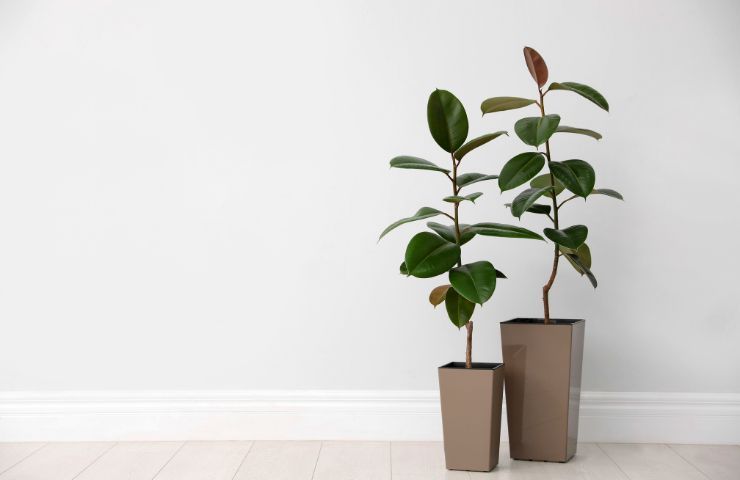
Officially we are in autumn even if until last weekend many people still went to the beach. Moreover, in the early afternoon it is still hot and the temperatures are typical of late summer, between the last days of August and the beginning of September.
Creating other ficuses from broken branches: the procedure to follow

In short, summer just doesn’t want to go away. A joy for lovers of the summer but at the same time it is a sign of concern, an indication of climate change and global warming.
However, it is the period in which green thumbs, gardening lovers , have a lot to do. At night, in fact, especially in some areas of the country, temperatures are dropping to around 10-13 degrees. This means that the time has come to bring back into the house the plants that we had placed outside on the balconies or terraces for the summer period. Above all because at any moment a strong storm can unleash and destroy everything that we have built over time, with care and dedication.
The work consists of eliminating dry leaves and any caterpillars and snails that have found refuge under them. When bringing the vases back into the house we must still keep them in a bright spot but away from both air currents and radiators.
Usually in this transition phase we notice that the plants have grown a lot and therefore we need to prune them. And what to do with some branches that break while moving? It is not necessary to throw it away, on the contrary: the opportunity has been created to multiply the plant .
Paul Anderton and Robin Daly, better known on social media as Twodirtyboys , are two plant experts who have explained how to do it in the new book Propagare , published by Guido Tommasi. The two focused their attention on the most common plants: we made an observation on the ficus , a plant that has vigorous growth.
First we prepare some jars with soil for flowering plants and associate portions of the branch with at least two-three pairs of leaves, removing the two lowest pairs on the cutting, leaving only the apical one.
We place the jars inside a transparent plastic container with a lid; to give a better idea, those that are usually used to store linen. After wetting the jars well, before closing them in plastic we must pierce the lid . We can use a sharp knife or an awl. Whatever tool is used, it is important that we heat them with a flame.
Then we can close the lid. The holes are used to keep the humidity constant around the canvases . The entire container should be placed in a well-lit place with a temperature of around 20-25 degrees.
Subsequently, from time to time, the lid must be opened to spray. After about three weeks the roots will form . Only at this point in the process will it be possible to remove the lid while keeping the pots still moist so that new leaves will grow. In this article we see how to grow a ginseng ficus well .